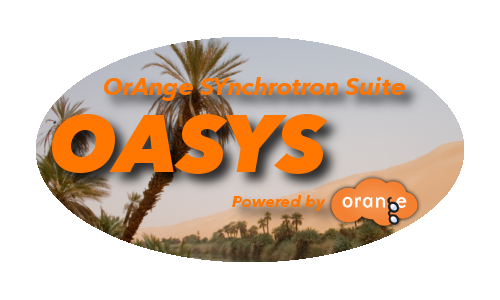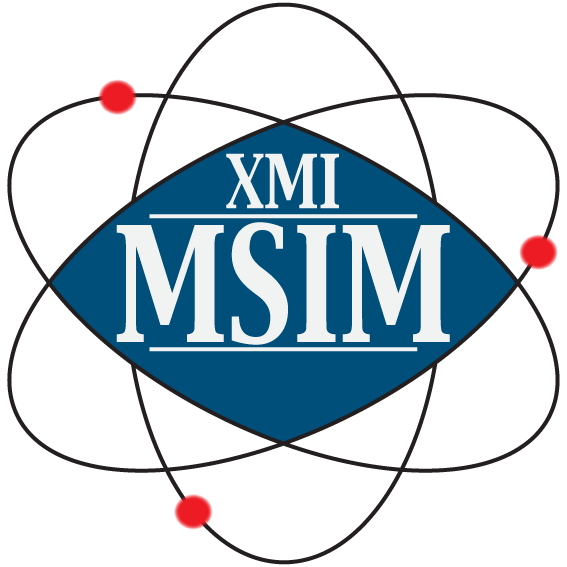Software

GATE
GATE is an opensource software package developed by the international OpenGATE collaboration and dedicated to numerical simulations in medical imaging and radiotherapy. It currently supports simulations of Emission Tomography (Positron Emission Tomography - PET and Single Photon Emission Computed Tomography - SPECT), Computed Tomography (CT), Optical Imaging (Bioluminescence and Fluorescence) and Radiotherapy experiments.

GEANT4
Toolkit for the simulation of the passage of particles through matter. Main applications: high energy, nuclear and accelerator physics, as well as studies in medical and space science.

OASYS
OASYS (OrAnge SYnchrotron Suite) is an open-source Graphical Environment for optic simulation software packages used in synchrotron facilities, based on [Orange 3](http://orange.biolab.si/orange3/). It includes SHADOWOUI, a port to the [SHADOW](https://github.com/srio/shadow3) ray-tracing code and XOPPY (the Python version of [XOP](http://www.esrf.eu/Instrumentation/software/data-analysis/xop2.4)

XMI-MSIM
XMI-MSIM is an open source tool designed for predicting the spectral response of energy-dispersive X-ray fluorescence spectrometers using Monte Carlo simulations. It comes with a fully functional graphical user interface in order to make it as user friendly as possible. Considerable effort has been taken to ensure easy installation on all major platforms. A manuscript has been published in Spectrochimica Acta Part B that covers the algorithms that power XMI-MSIM. Please include a reference to this publication in your own work if you decide to use XMI-MSIM for academic purposes. A second manuscript was published that covers our XMI-MSIM based quantification plug-in for PyMca. XMI-MSIM is released under the terms of the GPLv3.
XRMC
XRMC is a Monte Carlo program for accurate simulation of X-ray imaging and spectroscopy experiments in heterogeneous samples. The use of the Monte Carlo method makes the code suitable for the detailed simulation of complex experiments on generic samples. Variance reduction techniques are used for reducing considerably the computation time compared to general purpose Monte Carlo programs. The program is written in C++ and has been tested on Linux, Mac OS X and MS Windows platforms. XRMC is released under the terms of the GPLv3.
- ← Previous
- 1
- Next →

